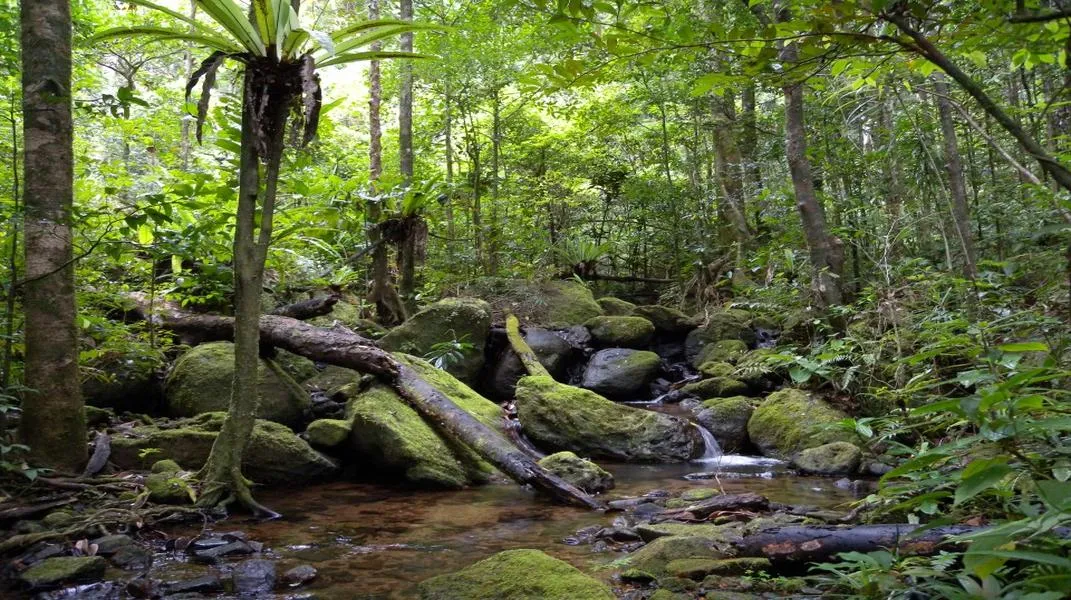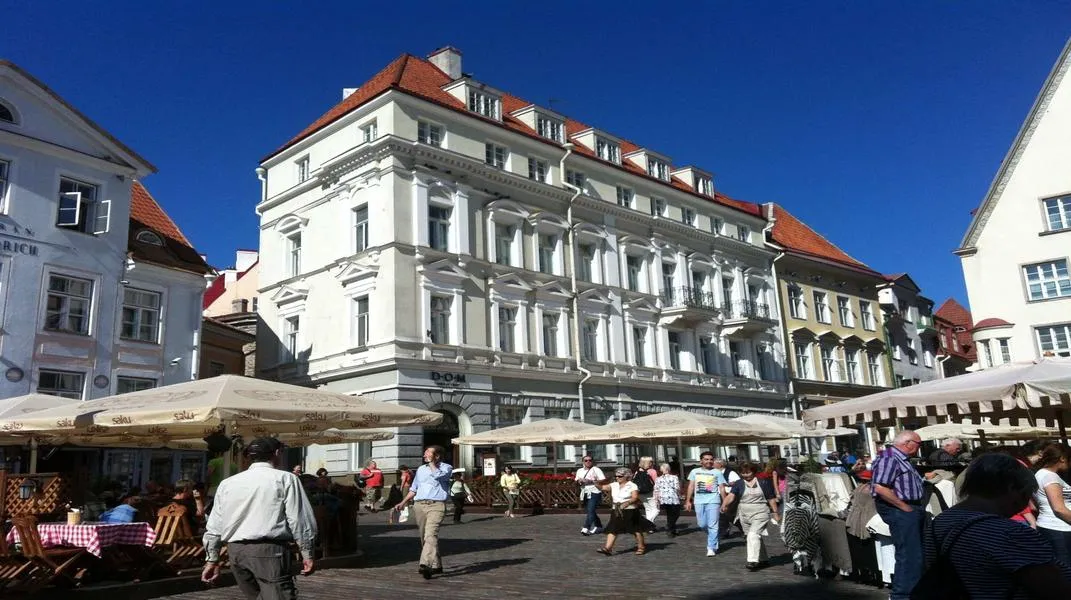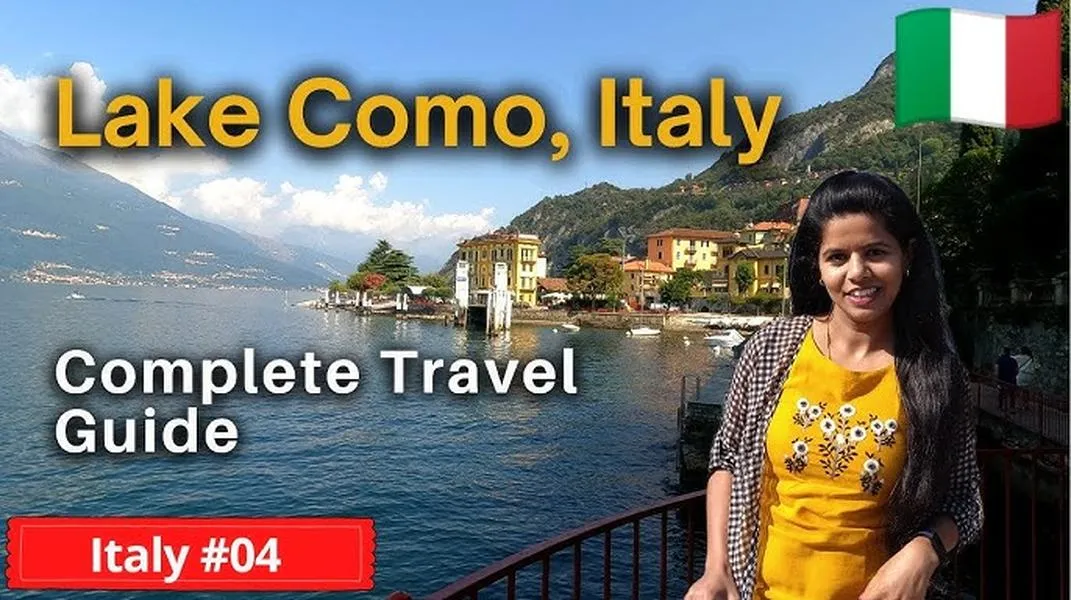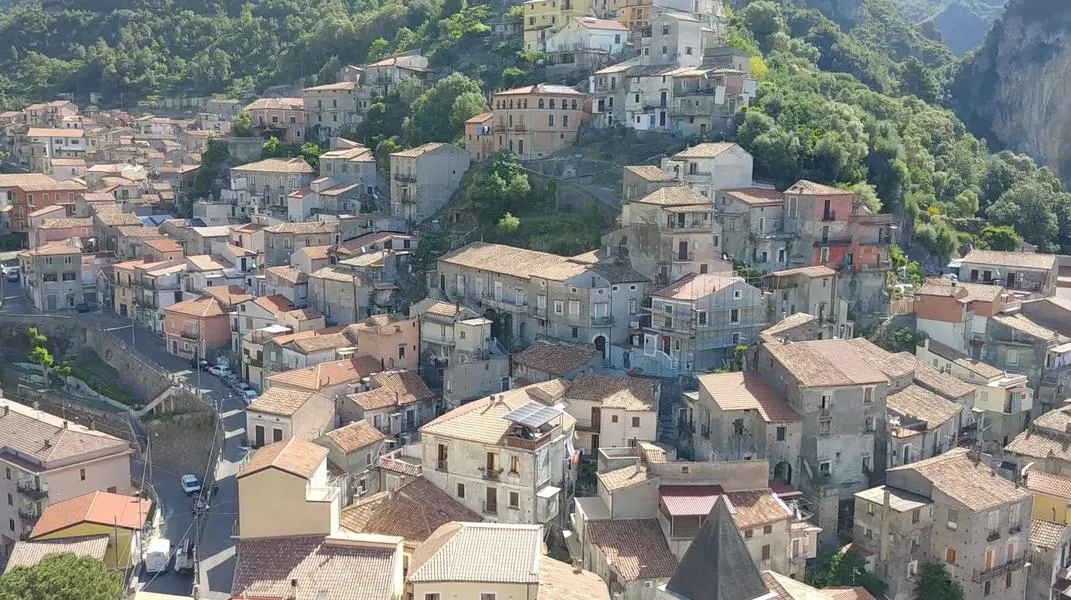Exploring Madagascar: A Jewel of Natural Wonders
Madagascar, the fourth largest island in the world, is often referred to as the "Eighth Continent" due to its unique biodiversity and distinct ecosystems that have evolved in isolation over millions of years. This stunning island nation, located off the southeast coast of Africa, is a treasure trove of natural beauty, rich culture, and adventure. With its dramatic landscapes, incredible wildlife, and vibrant local traditions, Madagascar is a must-visit destination for any traveler seeking an experience unlike any other.

A Glimpse into Madagascar's Unique Biodiversity
One of the most striking features of Madagascar is its extraordinary biodiversity. Approximately 90% of the wildlife found here is endemic, meaning it cannot be found anywhere else on Earth. This includes the famous lemurs—small, primate-like creatures that have become symbols of the island. The ring-tailed lemur, the indri, and the sifaka are just a few of the species that you can encounter in Madagascar’s lush rainforests.
In addition to lemurs, Madagascar is home to a myriad of other unique species, including chameleons, fossa (the island's top predator), and an array of exotic birds. The island's diverse ecosystems range from the dense rainforests of the east to the arid deserts of the south, and the spiny forests of the southwest. Each area boasts its own set of flora and fauna, creating a rich tapestry of life that captivates nature enthusiasts.
National Parks and Reserves
To truly appreciate Madagascar's natural wonders, a visit to its national parks and reserves is essential. Here are some of the top locations to explore:
- Andasibe-Mantadia National Park: Located just a few hours from the capital city of Antananarivo, this park is famous for its lush rainforests and the indri lemur. Visitors can enjoy guided night walks to spot nocturnal wildlife and hike through scenic trails that lead to cascading waterfalls.
- Ranomafana National Park: This UNESCO World Heritage site is known for its rich biodiversity, including 12 species of lemurs and numerous endemic birds. The park features a network of trails that wind through dense forests, hot springs, and beautiful waterfalls.
- Isalo National Park: Renowned for its stunning sandstone formations and dramatic landscapes, Isalo offers a different experience. The park features canyons, natural pools, and unique rock formations, making it ideal for trekking and exploring.
- Avenue of the Baobabs: An iconic and photogenic location, this avenue is lined with towering baobab trees that are over 800 years old. It’s a must-see for photographers and those looking to capture the essence of Madagascar's natural beauty.
- Tsingy de Bemaraha National Park: Another UNESCO World Heritage site, this park is famous for its limestone formations known as "tsingy." The sharp peaks and deep canyons create a breathtaking landscape, and the park is home to unique wildlife, including various lemur species.
Cultural Richness
Beyond its natural wonders, Madagascar boasts a rich cultural heritage influenced by African, Asian, and European traditions. The island is home to 18 distinct ethnic groups, each with its own customs, language, and way of life. The Merina people, the largest ethnic group, reside in the central highlands, while coastal communities like the Betsimisaraka and Tsimihety have unique cultural practices.
Festivals and Traditions
Visitors to Madagascar can experience vibrant festivals that showcase the island's cultural diversity. The Famadihana, or "turning of the bones," is a traditional ritual where families honor their ancestors by exhuming their remains, wrapping them in fresh shrouds, and celebrating with music and dance. This unique practice highlights the Malagasy belief in the importance of family and ancestral ties.
Other festivals, such as the Donia Music Festival in Nosy Be, celebrate local music, dance, and art, providing visitors with a glimpse into the island's lively culture.
Local Cuisine
Madagascar's culinary scene is as diverse as its people. The cuisine is heavily influenced by rice, which is a staple food, often served with a variety of side dishes, including zebu (beef), fish, and vegetables. Some traditional dishes to try include:
- Romazava: A hearty beef stew made with leafy greens and spices.
- Ravitoto: Ground cassava leaves cooked with pork and served with rice.
- Mofo gasy: A traditional Malagasy pancake made from rice flour and served as a popular street food.
Sampling local cuisine is an integral part of the travel experience and provides insight into the island's culture and traditions.
Practical Information for Visiting Madagascar
To fully enjoy your visit to Madagascar, proper preparation is essential. Here is a comprehensive guide on what to pack and consider before your journey.
Travel Essentials
- Travel Documents: Ensure your passport is valid for at least six months beyond your planned departure. A visa is required for most visitors, which can be obtained upon arrival or through an embassy before your trip.
- Travel Insurance: It’s advisable to have travel insurance that covers health, accidents, and unexpected cancellations. Madagascar’s remote areas may lack immediate access to medical facilities.
- Currency: The local currency is the Malagasy Ariary (MGA). Cash is widely used, particularly in rural areas, so it’s wise to have sufficient cash on hand. ATMs are available in larger cities.
- Health Precautions: Vaccinations for diseases such as yellow fever, hepatitis A and B, typhoid, and rabies may be recommended. Consult with a healthcare provider before your trip. Additionally, consider taking anti-malarial medication, as malaria is prevalent in some areas.
- Language: Malagasy is the official language, but French is also widely spoken. Learning a few basic phrases in Malagasy can enhance your interaction with locals.
Packing List
- Clothing: Lightweight, breathable clothing is ideal for the tropical climate. Include long-sleeved shirts and pants for protection against mosquitoes and sun exposure. A light jacket or sweater may be needed for cooler evenings, especially in the highlands.
- Footwear: Comfortable hiking shoes are essential for exploring national parks. Flip-flops or sandals are perfect for relaxing after a day of trekking.
- Outdoor Gear: A good-quality backpack, reusable water bottle, and biodegradable toiletries will enhance your travel experience. Binoculars for birdwatching and a camera to capture the breathtaking scenery are also recommended.
- First Aid Kit: Bring a basic first aid kit with essentials like antiseptic wipes, band-aids, anti-allergy medication, and any personal prescriptions.
- Sun Protection: The sun can be intense in Madagascar, so pack sunscreen with high SPF, a wide-brimmed hat, and sunglasses to protect against harmful UV rays.
- Insect Repellent: Mosquito repellent is crucial for protecting against bites and preventing diseases like malaria and dengue fever.
Getting Around
Traveling in Madagascar can be an adventure in itself. Although the country has a network of roads, many are in poor condition, making transportation slow. Here are some options for getting around:
- Domestic Flights: For long distances, consider flying between major cities. Airlines like Air Madagascar offer domestic flights that save time.
- Taxi-Brousse: These shared minivans are a popular and budget-friendly way to travel between towns. However, they can be crowded and uncomfortable.
- Car Rentals: Renting a car with a driver is a convenient option for those looking to explore at their own pace. Ensure that your rental car is equipped for rough terrain.
- Guided Tours: Many travelers opt for guided tours, which can simplify logistics and enhance the experience with local knowledge and expertise.
Conclusion: An Unforgettable Adventure Awaits
Madagascar is a destination that promises adventure, discovery, and unparalleled beauty. From its unique wildlife and breathtaking landscapes to its rich cultural heritage, the island offers a myriad of experiences that cater to all types of travelers. Whether you are trekking through national parks, engaging with local communities, or relaxing on pristine beaches, Madagascar is sure to leave a lasting impression.
As you prepare for your journey, remember to pack wisely, respect local customs, and keep an open mind to fully embrace the adventure that awaits you in this remarkable island paradise. Madagascar is not just a travel destination; it’s a journey into a world of wonder that will inspire and captivate your heart.




